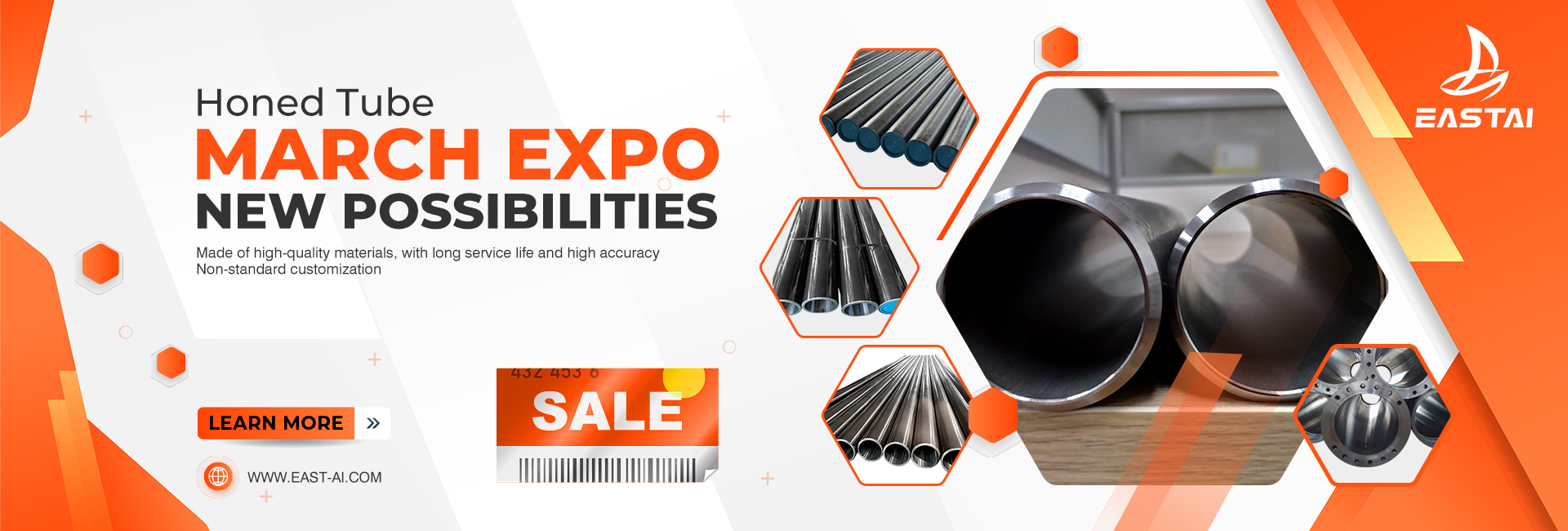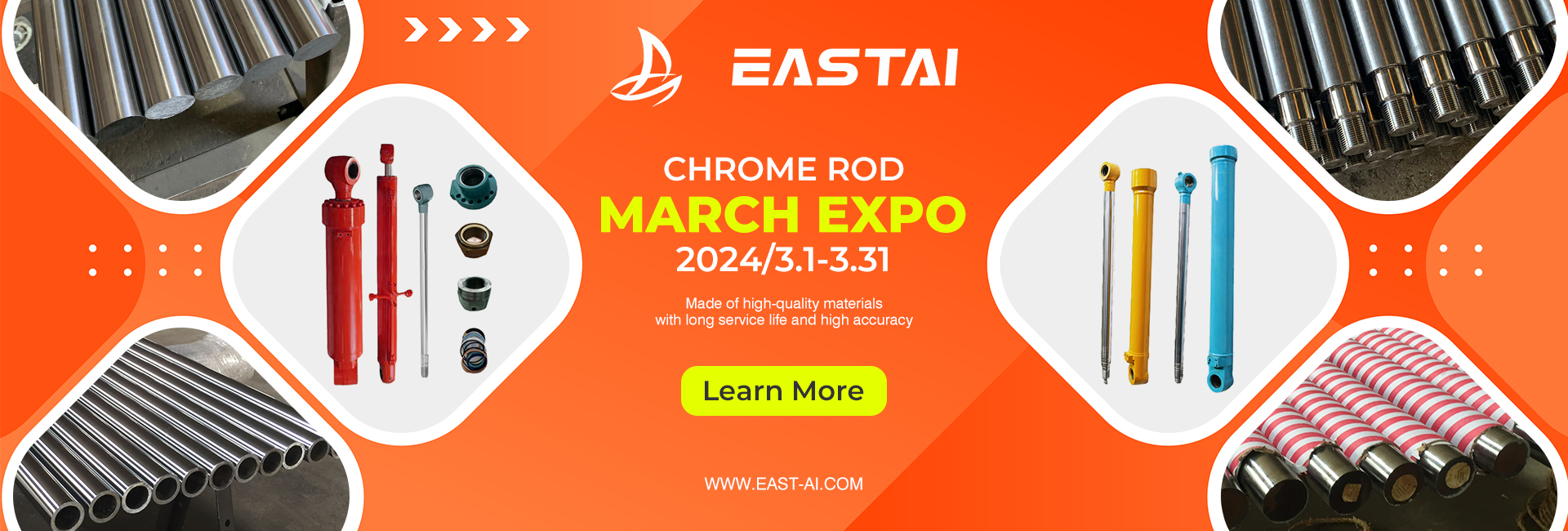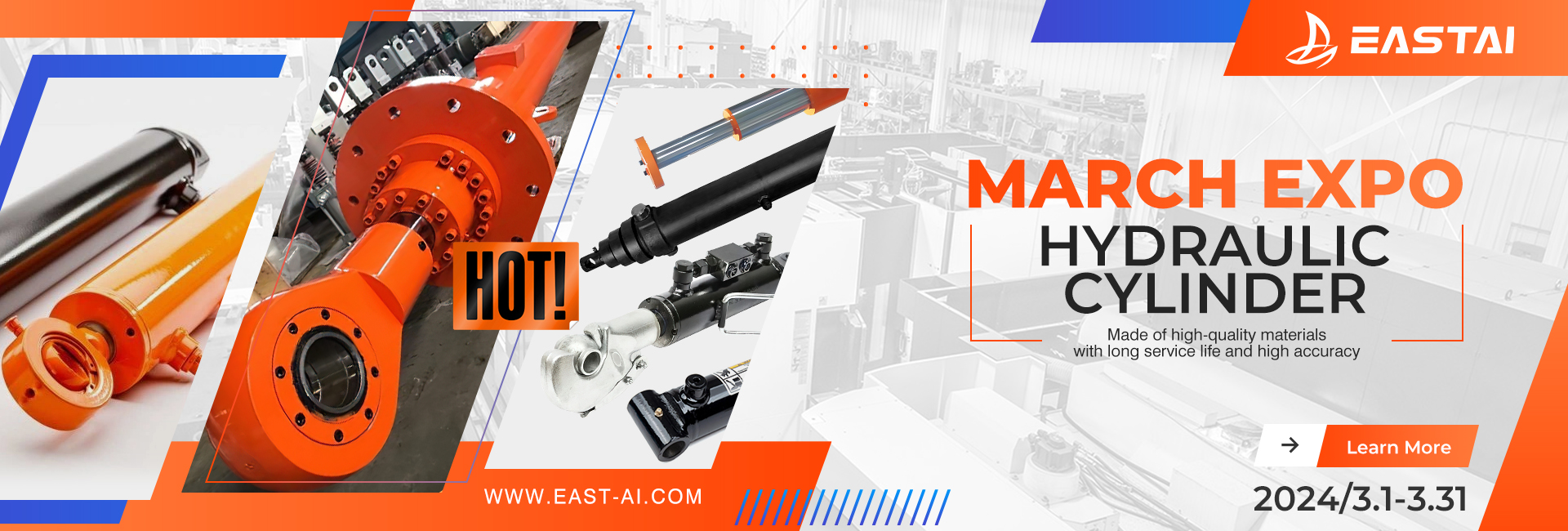Introduction
Hydraulic systems are widely used in various industries and applications. They work by using a liquid, usually hydraulic oil, to transfer force from one point to another. One critical component of a hydraulic system is the tubing, which carries the hydraulic fluid from the pump to the cylinder or actuator. Hydraulic aluminum tube is one of the most commonly used types of tubing in hydraulic systems. In this article, we’ll explore everything you need to know about hydraulic aluminum tube, including its advantages, disadvantages, types, applications, and more.
What is Hydraulic Aluminum Tube?
Hydraulic aluminum tube is a type of tubing made from aluminum alloy. It is used in hydraulic systems to carry the hydraulic fluid from the pump to the cylinder or actuator. Hydraulic aluminum tube is known for its lightweight, corrosion-resistant, and high-strength properties, making it an ideal choice for various hydraulic applications.
Advantages of Hydraulic Aluminum Tube
There are several advantages of using hydraulic aluminum tube, including:
- Lightweight: Hydraulic aluminum tube is significantly lighter than steel tubing, making it easier to handle and transport.
- Corrosion-resistant: Aluminum is highly resistant to corrosion, making hydraulic aluminum tube an excellent choice for hydraulic systems that operate in harsh environments.
- High strength: Despite its lightweight, hydraulic aluminum tube has high strength and can withstand high pressure.
- Cost-effective: Hydraulic aluminum tube is relatively inexpensive compared to other types of tubing, making it an affordable choice for various hydraulic applications.
- Easy to fabricate: Aluminum is easy to cut, bend, and weld, making hydraulic aluminum tube easy to fabricate into various shapes and sizes.
Disadvantages of Hydraulic Aluminum Tube
While hydraulic aluminum tube has several advantages, it also has a few disadvantages, including:
- Lower thermal conductivity: Aluminum has a lower thermal conductivity than steel, which can affect the heat dissipation in hydraulic systems.
- Not suitable for high-temperature applications: Hydraulic aluminum tube is not suitable for hydraulic systems that operate at high temperatures, as aluminum has a lower melting point than steel.
- Requires additional insulation: Because of its lower thermal conductivity, hydraulic aluminum tube may require additional insulation to maintain the temperature of the hydraulic fluid.
Types of Hydraulic Aluminum Tube
There are several types of hydraulic aluminum tube available, including:
- Seamless hydraulic aluminum tube: Seamless hydraulic aluminum tube is made from a solid billet of aluminum and is known for its high strength and durability.
- Welded hydraulic aluminum tube: Welded hydraulic aluminum tube is made by welding together two or more pieces of aluminum tubing. It is less expensive than seamless tubing but may be weaker.
- Extruded hydraulic aluminum tube: Extruded hydraulic aluminum tube is made by pushing
molten aluminum through a die to form the shape of the tube. It is known for its high accuracy and consistency.
- Drawn hydraulic aluminum tube: Drawn hydraulic aluminum tube is made by pulling a hollow aluminum tube through a die to form the desired shape. It is known for its excellent surface finish and high strength.
How to Choose the Right Hydraulic Aluminum Tube
Choosing the right hydraulic aluminum tube for your application can be challenging. Here are some factors to consider when selecting hydraulic aluminum tube:
- Pressure rating: Ensure that the hydraulic aluminum tube you choose can withstand the pressure of your hydraulic system.
- Size: The size of the hydraulic aluminum tube should be appropriate for the flow rate of the hydraulic fluid.
- Material grade: Different grades of aluminum alloys have different properties. Choose the grade that suits your application.
- Temperature rating: Make sure that the hydraulic aluminum tube can withstand the temperature of the hydraulic fluid in your system.
- Corrosion resistance: Choose a hydraulic aluminum tube that is suitable for the environment in which your hydraulic system operates.
Installation and Maintenance of Hydraulic Aluminum Tube
Proper installation and maintenance of hydraulic aluminum tube are critical to ensure optimal performance and safety. Here are some tips for installing and maintaining hydraulic aluminum tube:
- Follow the manufacturer’s instructions for installation and maintenance.
- Ensure that the hydraulic aluminum tube is properly supported and secured to prevent movement and vibration.
- Use appropriate fittings and connectors for the hydraulic aluminum tube.
- Regularly inspect the hydraulic aluminum tube for signs of wear, corrosion, or damage.
- Replace any damaged or worn hydraulic aluminum tube immediately.
Applications of Hydraulic Aluminum Tube
Hydraulic aluminum tube is used in various applications, including:
- Aerospace: Hydraulic aluminum tube is used in the hydraulic systems of aircraft, including commercial, military, and private planes.
- Automotive: Hydraulic aluminum tube is used in the hydraulic systems of automobiles, including brakes and power steering.
- Heavy machinery: Hydraulic aluminum tube is used in the hydraulic systems of heavy machinery, including excavators, loaders, and cranes.
- Industrial equipment: Hydraulic aluminum tube is used in the hydraulic systems of various industrial equipment, including presses and injection molding machines.
Hydraulic Aluminum Tube vs. Other Types of Tubing
While hydraulic aluminum tube has its advantages, it is not always the best choice for every application. Here’s how hydraulic aluminum tube compares to other types of tubing:
- Hydraulic steel tube: Hydraulic steel tube is heavier than hydraulic aluminum tube but has higher thermal conductivity and is suitable for high-temperature applications.
- Hydraulic stainless steel tube: Hydraulic stainless steel tube is more corrosion-resistant than hydraulic aluminum tube but is more expensive.
- Hydraulic plastic tube: Hydraulic plastic tube is lighter than hydraulic aluminum tube but is not as strong and is not suitable for high-pressure applications.
Safety Precautions When Working with Hydraulic Aluminum Tube
Working with hydraulic aluminum tube can be dangerous if proper safety precautions are not taken. Here are some safety tips to follow:
- Wear appropriate personal protective equipment, including gloves and eye protection.
- Follow proper installation and maintenance procedures to prevent leaks and other hazards.
- Use caution when working with hydraulic systems under pressure.
- Never exceed the pressure rating of the hydraulic aluminum tube.
- Never use damaged or worn hydraulic aluminum tube.
Common Issues with Hydraulic Aluminum Tube
Hydraulic aluminum tube can experience several issues, including:
- Corrosion: Hydraulic aluminum tube can corrode over time, especially in harsh environments.
- Leaks: Hydraulic aluminum tube can develop leaks due to wear, damage, or poor installation.
- Cracking: Hydraulic aluminum tube can crack due to fatigue, stress, or damage.
- Block
ages: Hydraulic aluminum tube can become blocked due to debris or other contaminants in the hydraulic system.
Hydraulic aluminum tube is a versatile and reliable option for hydraulic systems in various industries. When selecting hydraulic aluminum tube, consider factors such as pressure rating, size, material grade, temperature rating, and corrosion resistance. Proper installation and maintenance are critical for optimal performance and safety. Hydraulic aluminum tube is used in various applications, including aerospace, automotive, heavy machinery, and industrial equipment. While hydraulic aluminum tube has its advantages, it is important to consider other types of tubing and follow safety precautions when working with hydraulic systems.
Post time: Apr-03-2023




